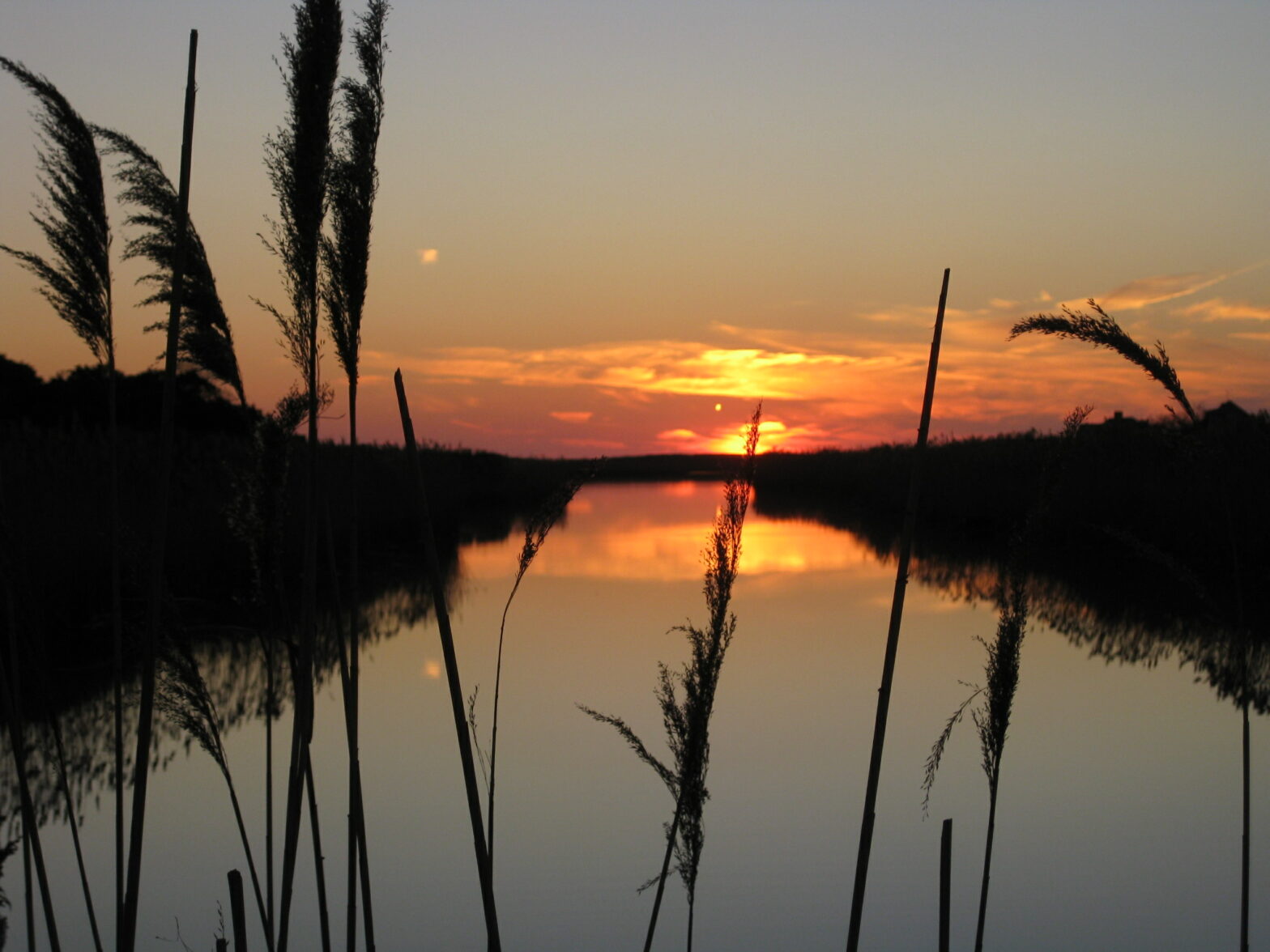Endangered Species
Mining Surveys
Stream and Wetland Mitigation Design and Monitoring
Stream and Wetland Delineations
Pipeline Corridor Studies
Archaeological Cultural Resource Surveys
Habitat Restoration
Habitat restoration is an important tool for addressing a broad range of environmental challenges including providing permits for mitigation for streams using constructed wetlands. The BSC approach incorporates cost-effective design and build projects for the long-term management of natural resources by employing collaboration across experts from different fields ranging from biologists and ecologists to archaeologists. The site pictured below is currently in the early stages of restoration and are trending toward success thanks to some mitigation efforts and mother nature. Pictured below are restored stream channels, which are providing the revival of biological, chemical, and physical functions. Many macroinvertebrate and fish species have been observed throughout the sites; a great indication of restored habitat. Our experience covers a wide range of project development, from design to construction supervision and monitoring. BSC is also well trained to communicate with multiple regulatory agencies at the state, local, and federal levels. Our team has years of experience successfully negotiating agreements on restoration and permitting issues.
Chrosomus cumberlandensis (Blackside Dace) – spawning!!
The Blackside Dace is olive green in color with black specks, a silver or red underside, and a single black stripe along its sides. During the breeding season, the male’s stripe becomes a deeper black, the red becomes brighter, and the fins turn a vibrant yellow. In the second and last pictures, the dace are actually using the nests of a different species (the Creek Chub) for spawning.
Fish Surveys

Jesse Robinson carrying the battery and backpack electro-fish shocker. The device stuns fish for several seconds so populations can be counted. These surveys can be used for baseline studies required for projects needing Clean Water Act permitting (NPDES), Section 404, Nationwide or Individual Permits or Protection and Enhancement Plans.














